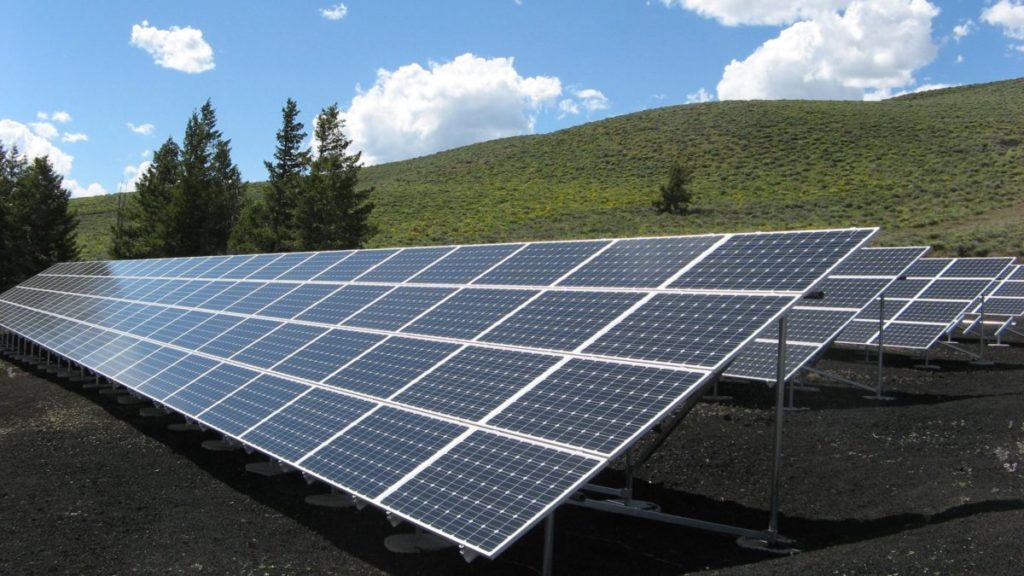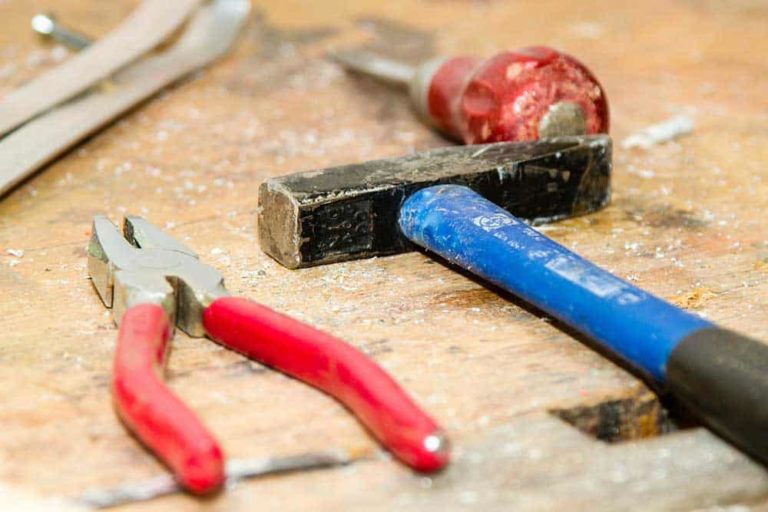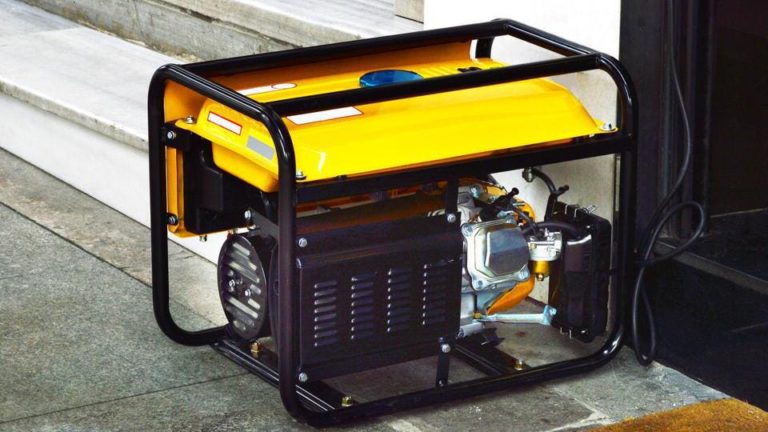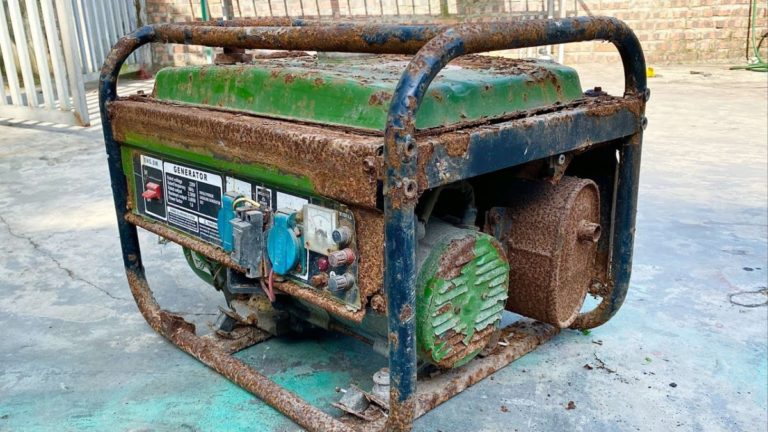When it comes to transitioning to off-grid solar power, one of the most important steps is determining the right size of your system.
This critical decision will not only impact your energy independence and reliability but also influence your bottom line as you navigate the upfront costs and long-term savings of your investment.
We’ll delve into the specifics of sizing an off-grid solar power system so that you can confidently make decisions about your transition to renewable energy.
We’ll explore factors such as usage patterns, location, available resources, and equipment selection to ensure your customized system meets all your needs while minimizing excessive costs.
With the right knowledge and tools, sizing an off-grid solar power system can be a straightforward process that paves the way for a more sustainable future with abundant energy security!
Determine your energy needs
Calculate your energy consumption in watt-hours (Wh) by considering the number of appliances you will be powering and their energy usage.
Start by making a list of all the appliances you plan to use during your camping trip, including lights, laptops, mobile devices, and any other electrical devices.
Next, determine the power consumption of each appliance by checking the manufacturer’s specifications or using an energy consumption calculator.
For example, a typical LED light might consume 5 watts of energy, while a laptop might consume 50 watts.
Once you have the power consumption information for each appliance, multiply the number of appliances by their respective power consumptions to calculate your total energy consumption in watt-hours.
For example, let’s say you plan to use two LED lights (5 watts each), a laptop (50 watts), and a mobile device (10 watts) during your camping trip.
Your total energy consumption would be
2 LED lights x 5 watts/light = 10 watts
Laptop x 50 watts = 50 watts
Mobile device x 10 watts = 10 watts
Total energy consumption = 10 + 50 + 10 = 70 watt-hours
To calculate the total number of watt-hours (Wh) you will consume during your trip, divide your total energy consumption by 1000 (to convert watts to watt-hours).
70 watt-hours / 1000 = 0.07 kWh
Therefore, your estimated energy consumption for your camping trip is approximately 0.07 kWh, which can help you determine the size of your solar panel and battery needed to power your devices for the duration of your trip.
Assess your solar resource
Evaluate the amount of sunlight your location receives throughout the year. This will help you determine the size of the solar array you need to meet your energy needs.
To ensure that your solar array meets your energy needs, it’s essential to evaluate the amount of sunlight your location receives throughout the year.
This will help you determine the appropriate size of the solar array based on the amount of energy your household or business requires.
The amount of sunlight your location receives varies depending on factors such as latitude, altitude, and local climate conditions.
By assessing the average amount of sunlight your location receives daily, you can determine how much energy your solar array needs to produce to meet your needs.
You can consider the seasonal variations in sunlight to ensure that your solar array is sized appropriately for the winter and summer months.
By taking these factors into account, you can choose a solar array that provides the right amount of energy to meet your needs while optimizing your return on investment.
Select the right components
Choose high-quality solar panels, an inverter, and other components that are suitable for your location and energy needs.
When it comes to choosing the right solar panel system for your home or business, it’s essential to select high-quality components that are suitable for your location and energy needs.
This includes not only the solar panels themselves, but also the inverter and other components that play a critical role in converting sunlight into usable electricity.
First and foremost, you’ll want to choose solar panels that are built to last and can withstand the unique conditions of your location.
This may include factors such as high winds, extreme temperatures, and exposure to precipitation.
Look for panels that are designed with durable materials and have a strong warranty to ensure their performance over the long term.
In addition to the solar panels themselves, the inverter is a critical component that converts the DC power generated by the panels into AC power that can be used in your home or business.
Make sure to choose an inverter that is compatible with your solar panel system and meets your energy needs.
Other components to consider include the mounting system, which must be sturdy enough to support the weight of the panels, and the wiring and monitoring systems, which ensure the safe and efficient operation of the entire system.
Overall, it’s important to choose high-quality solar panel components that are suitable for your location and energy needs in order to ensure optimal performance and longevity from your solar panel system.
Determine your battery size
Decide on the appropriate size of your battery bank based on your energy consumption and the amount of time you want to store energy for.
When determining the appropriate size of your battery bank, it is important to consider both your energy consumption and the amount of time you want to store energy for.
The size of your battery bank should be based on the amount of energy you need to power your essential items, such as lights, appliances, and electronic devices, during periods of no sunlight or when your solar panel output is reduced.
To calculate your energy consumption, you should consider factors such as the type and number of items you want to power, their wattage, and the amount of time you use them each day.
For example, if you want to power a 50W light bulb for 8 hours a day, you will need a battery bank that can provide at least 400Wh (50W x 8h) of energy.
In addition to considering your energy consumption, you should also think about the amount of time you want to store energy for.
If you want to be able to power your items for an extended period of time, such as during a power outage or during the winter months when sunlight is scarce, you will need a larger battery bank.
For example, if you want to store energy for 24 hours, you will need a battery bank that can provide at least 4,320Wh (24h x 50W).
Overall, the appropriate size of your battery bank will depend on your specific energy needs and the amount of time you want to store energy for.
By carefully considering these factors, you can ensure that your battery bank is the right size for your needs and can provide you with the necessary power when you need it.
Consider an energy management system
An energy management system can help you optimize your solar power usage and ensure that your system is running efficiently.
An energy management system (EMS) can play a important role in optimizing your solar power usage and ensuring that your system is running efficiently.
With an EMS, you can monitor and control your solar power output in real-time, allowing you to make the most of your energy production.
The system can detect changes in energy demand and adjust your solar power output accordingly, ensuring that you are using the most cost-effective and energy-efficient combination of solar and grid power.
An EMS can help you identify and correct any issues with your solar power system, such as inefficiencies or equipment failures, which can help you maintain peak performance and reduce maintenance costs.
By leveraging an EMS, you can maximize your solar power benefits, reduce your energy costs, and minimize your carbon footprint.
Plan for expansion
Consider the potential for expanding your system in the future, as your energy needs may change over time.
When designing and implementing your home energy system, it’s important to consider the potential for expanding your system in the future.
As your energy needs may change over time, expandability is a vital aspect to keep in mind.
This means choosing components and designing the system in a way that allows for easy expansion and integration of new technologies as they become available.
For instance, selecting modular components and designing the system with scalability in mind can make it easier to add new components or upgraded existing ones as your energy needs grow.
Investing in a centralized control system that can manage multiple energy sources and storage solutions can ensure that your system is optimized for your current and future energy needs.
By taking expandability into account, you can ensure that your home energy system is future-proof and can adapt to your evolving energy needs.
Determine your system’s durability
Choose components that are durable and can withstand harsh weather conditions.
When selecting components for your outdoor movie screen, it is important to prioritize durability and weather resistance.
Harsh weather conditions such as rain, snow, and extreme temperatures can quickly degrade and damage your screen and other equipment, leading to costly repairs and replacement.
To ensure the longevity and reliability of your outdoor movie screen, choose components that are built to withstand these conditions.
Look for materials that are resistant to corrosion and have a track record of performing well in adverse weather conditions.
For example, aluminum or stainless steel framing is more durable and resistant to rust and corrosion than plastic or wood.
Similarly, weather-resistant coatings and sealants can help protect your screen and other components from moisture and UV damage.
By choosing durable and weather-resistant components, you can ensure that your outdoor movie screen remains functional and enjoyable for years to come, even in challenging weather conditions.
Consider the cost
Evaluate the total cost of the system, including the cost of components, installation, and maintenance.
To ensure a comprehensive understanding of the total cost of the home automation system, it is essential to evaluate the expenses of components, installation, and maintenance.
The cost of components includes the price of smart devices such as thermostats, lighting, and security systems.
It is important to consider the quality and functionality of the components to ensure that they meet your needs and are compatible with other devices in the system.
Installation costs should include the fees of the installer, material costs, and any additional hardware required for the system’s functioning.
Maintenance costs should be considered, including the cost of routine check-ups, software updates, and any repairs or replacements needed over time.
By taking a holistic view of the total cost, homeowners can make informed decisions about their home automation investments.
Want More? Dive Deeper Here!
Hey there! If you’re the type who loves going down the rabbit hole of information (like we do), you’re in the right spot. We’ve pulled together some cool reads and resources that dive a bit deeper into the stuff we chat about on our site. Whether you’re just killing time or super into the topic, these picks might just be what you’re looking for. Happy reading!






